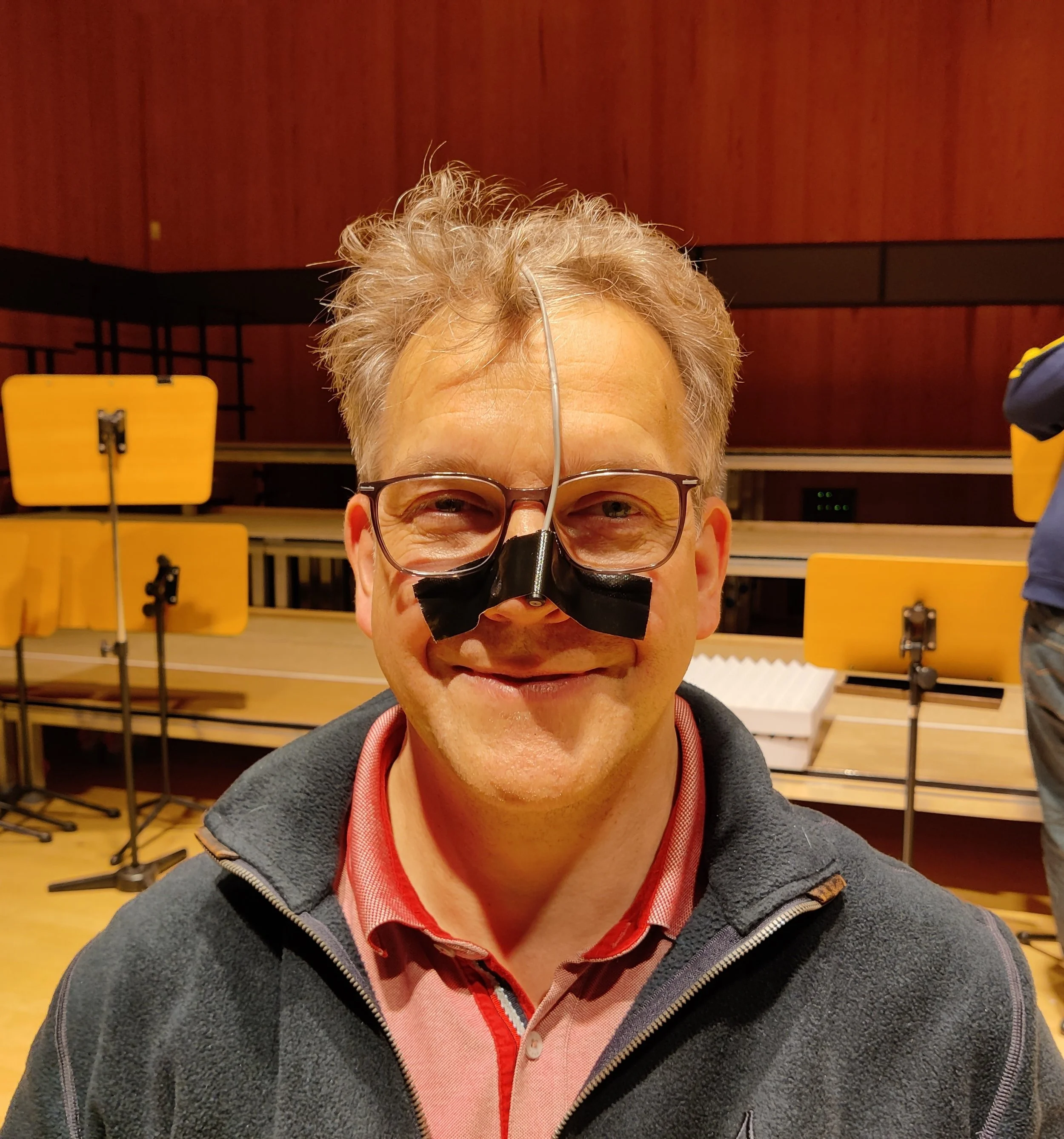
Close-Microphone Techniques for Capturing Individual Instruments in Ensemble Performances: an Acoustic and Perceptual Perspective
Accurately capturing individual sound sources when recording a multi-musician performance requires a crucial balance between obtaining “acoustically clean” signals from each instrument and preserving musicians' visual and auditory feedback from co-performers and the room acoustic environment. This balance is crucial for research on orchestral and ensemble sound, particularly in studies on musical blending between instruments in ecological conditions, as well as applications in virtual reality orchestra simulations and music recording techniques.

Virtual Acoustics in Joint Performance
The acoustic characteristics of a performance space significantly influences musicians' auditory experience, influencing the ability to interact and synchronize within an ensemble. Understanding how room acoustics affect musical performance is crucial for optimizing acoustic attributes of performance spaces, and supporting musicians in various performance settings. This study explores how changes in room acoustic conditions impact musicians’ awareness and perception of their surroundings, with a particular focus on ensemble performance. To achieve this, we employ virtual acoustics, a technique that allows precise manipulation of room acoustic properties through the process of auralization. By systematically adjusting acoustic characteristics of performance space, this pilot study aims to assess musicians' sensitivity to environmental changes, determine preferred acoustic conditions, and investigate the role of acoustic feedback in performance. Through this approach, it seeks to offer insights into the perceptual and cognitive effects of varying acoustic conditions on ensemble performance and musical blending.

An Investigation of Choral Blending through Soundfield Capture, Acoustic Evaluation, and Perceptual Analysis Methods
Accurately capturing individual sound sources when recording a multi-musician performance requires a crucial balance between obtaining “acoustically clean” signals from each instrument and preserving musicians' visual and auditory feedback from co-performers and the room acoustic environment. This balance is crucial for research on orchestral and ensemble sound, particularly in studies on musical blending between instruments in ecological conditions, as well as applications in virtual reality orchestra simulations and music recording techniques.
